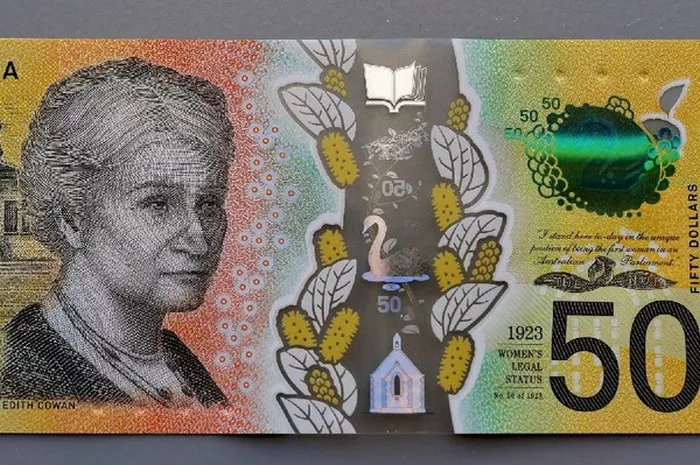What defines a strong currency in the global economy? Is it stability, purchasing power, or the economic might of its issuing nation? In the realm of currency valuation, several currencies stand out as stalwarts on the international stage. Let’s delve into the characteristics and dynamics behind the three strongest currencies in the world.
What Factors Determine Currency Strength?
Before identifying the world’s strongest currencies, it’s crucial to understand the metrics that underpin their strength. Currency strength is often measured by factors such as economic stability, inflation rate, interest rates, and foreign exchange reserves. A robust economy, low inflation, higher interest rates, and substantial reserves can contribute to a currency’s stability and global appeal.
The US Dollar: Global Dominance and Reserve Status
The first currency that invariably comes to mind in discussions of global economic might is the US Dollar. Why is the US Dollar considered the world’s strongest currency? The answer lies in its unmatched status as the global reserve currency. The United States boasts the largest economy globally, a stable political environment, and the US Dollar serves as the primary currency for international trade and financial transactions. Additionally, the US Federal Reserve’s policies influence global markets, making the Dollar a benchmark for economic performance and monetary stability. The strength of the US Dollar is further bolstered by the depth and liquidity of US financial markets, attracting global investors seeking safe-haven assets during times of uncertainty.
The Euro: Unity and Economic Clout
Another heavyweight in the currency arena is the Euro. How has the Euro emerged as a strong global currency? The Euro represents the collective economic power of the Eurozone, comprising 19 member countries with robust economies. The European Central Bank (ECB) oversees monetary policy for the Eurozone, ensuring price stability and economic growth. Despite occasional challenges from internal economic disparities among member nations, the Euro remains a vital reserve currency and a preferred choice for international trade. The Euro’s strength is also driven by the stability and credibility of the ECB, which is committed to maintaining the Euro’s integrity in global financial markets.
The Swiss Franc: A Safe Haven in Turbulent Times
Among the top currencies, the Swiss Franc stands out for its stability and safe-haven status. Why is the Swiss Franc considered one of the strongest currencies? Switzerland’s reputation for financial prudence, political stability, and neutrality contributes significantly to the Franc’s strength. Investors flock to the Swiss Franc during periods of geopolitical uncertainty or market volatility, considering it a reliable store of value. The Swiss National Bank (SNB) plays a pivotal role in maintaining the Franc’s stability by implementing prudent monetary policies and intervening in currency markets when necessary. Despite its relatively small economy, Switzerland’s financial sector and high living standards reinforce the Swiss Franc’s status as a robust global currency.
Emerging Market Currencies: Challenges and Potential
While the US Dollar, Euro, and Swiss Franc dominate discussions on strong currencies, emerging market currencies also warrant attention. How do currencies of emerging economies compare in strength? Emerging market currencies face unique challenges, including currency volatility, inflationary pressures, and external debt burdens. However, several emerging market currencies, such as the Chinese Yuan, have exhibited resilience and potential for growth on the global stage. China’s economic ascendance has propelled the Yuan’s internationalization efforts, with the currency gaining traction in global trade and investment activities.
Conclusion: Dynamics of Currency Strength
In conclusion, the world’s strongest currencies reflect the economic prowess and stability of their issuing nations. The US Dollar, Euro, and Swiss Franc exemplify different facets of currency strength, from global dominance to regional stability and safe-haven appeal. While these currencies maintain their positions atop the global hierarchy, emerging market currencies continue to evolve, presenting new opportunities and challenges in the dynamic landscape of international finance. Understanding the factors driving currency strength is essential for investors, policymakers, and observers navigating the complexities of the global economy. As economic dynamics evolve, the quest for strong currencies remains a pivotal aspect of financial markets and international trade.


